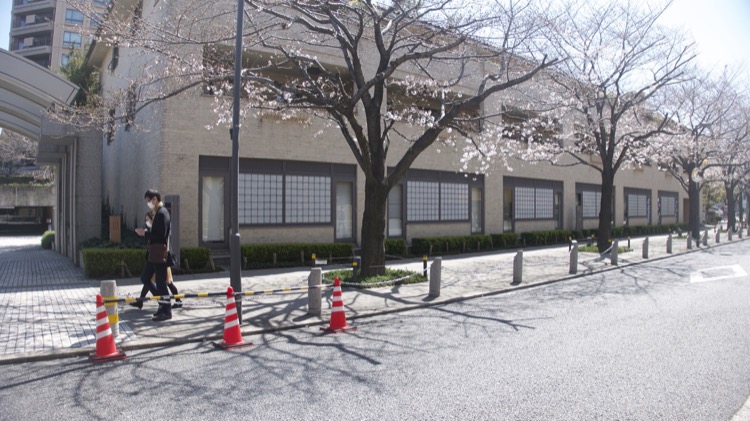
The first time I ever witnessed the widespread wearing of face masks outside of a medical facility coincided with my first trip to Asia. Last year I went to Japan to meet with members of the Tokyo ruck club and facilitate several GORUCK events. I invited my mom to accompany me to the place where she had lived when her father was stationed at Green Park Air Force Housing complex in Tachikawa, a city located in the western portion of the Tokyo metropolitan area. This was to be the return trip of a lifetime.
A walk down memory lane
The American Occupation of Japan had officially come to an end in 1952 within a month of my mother’s birth. After earning a Purple Heart in WWII on the European Front, her father was shipped off to Yokohama on January 31, 1953. The anchor dropped in Japanese waters on February 15, 1953 – the same day as the birth of his third child, my mom’s younger brother. My grandfather soon found out that he could bring his family with him so he returned to Wadesboro, North Carolina (where my grandmother was originally from), packed up the family, and drove everyone to San Francisco to board a ship. They arrived to Japan on June 18, 1953 to start a new life.
I’ve heard stories that, at first, my grandmother hated the thought of uprooting her young family and moving across the world to Japan. She did not enjoy living in the “rice patty” houses for over a year and described the country as rural, somewhat primitive. In the 50’s, Japan was not yet the world’s third largest economy and life looked a lot different in general. As time passed, my mother’s family moved to base housing with a dedicated staff, Gingko-san the nanny and Robert-san referred to as the house boy. Allegedly, my grandmother began enjoying life in Japan so much that she did not want to leave when the tour came to an end. My mother has vague, happy memories of her time in Japan since she was only 3.5 years old when they repatriated to the United States. However, she does vividly recall one incident when she was playing with a purse on her balcony. She and her older sister were given permission to play with the little girl who lived across the hall. Out of pure excitement, the little girl accidentally ran through the sliding glass door in her apartment, shattering it and getting blood everywhere. My mom remembers Robert-san carrying the little girl to get help.
Adaptation is an observable fact of life
Fast forward about 65 years, my mother and I are about to touch down at Haneda International Airport. Before we could disembark, masked agents came down the aisles with infrared thermometers to scan passengers for any feverish conditions. We might as well have landed on Mars, I had never seen anything like that before in my life. It turned out that in spite of warnings of culture shock and a soft landing from our GORUCK community on the ground, I was unprepared for certain Japanese customs, namely those dealing with personal hygiene. Where can I wear my shoes? Is it ok to hug or only bow? Is rubbing your chopsticks together rude? I was in a constant state of mild worry that I was offending someone and unaware that I was doing so.
Tokyo is one of the most populated cities in the world with about 38 million people in the greater metro area. And on top of that, it’s super dense with just over 6,000 people per square kilometer. That’s a lot of people living in close proximity to one another. Over their modern history, the Japanese have dealt with the effects of novel viruses such as the Spanish flu, Asian flu, Hong Kong flu, SARS, H1N1, and now Coronavirus. In other words, they know what to do in case of a sudden outbreak. I was accustomed to big cities and yet unprepared to see so many people wearing masks out in public. It gave me a strange feeling of apprehension for not wearing one myself. Was I being unsanitary or unsafe?
In the days that followed, the sci-fi morphed into a series of Lost in Translation moments, filled with awkward but distantly friendly exchanges with locals wearing masks and a lot of Google Translate to communicate. I quickly learned that showing my phone to the taxi driver was a lot better for everyone than me butchering the Japanese phrases. It was helpful to see Cadre Doug, an American Special Forces veteran, wearing a face mask to lead the GORUCK events. I asked him why he had one on and he told me that he had been sick and didn’t want to spread germs. Ok, so just a considerate precaution. That made sense.
Toward the end of our trip, we took a train to check out Tachikawa and see Mt. Fuji. Because the cherry blossoms were starting to bloom, it was hanami aka peak travel season for flower viewing and hotel options were very limited. As a result, we ended up staying in a much fancier onsen than necessary. I rationalized the spend by asking myself when would my mom and I ever have the opportunity to come back to Japan. In retrospect, I’m glad we lived up that moment. Chances are slim that the two of us will be back in Asia anytime soon.
While at this fine establishment, I thought it’d be nice to have the items I wore for the GORUCK event washed and have Marie Kondo-like folded clothes for the trip home, so I called the front desk to inquire about laundry service. There was a lot of confusion and scrambling on the other end of the phone. A few minutes later, there was a knock on our room door. I was politely told that the staff could not wash the clothes of guests because it was unsanitary. If you are sensing a theme here, you are right. I was feeling pretty dirty for someone who wanted to have clean clothes.
Suffice it to say that Japan challenged my notion of personal hygiene and social responsibility. Until that trip, I had always considered myself to be a fastidious person. I’m the type who opens public doors with my foot or shoulder to avoid touching the handle with my hands. I also build a nest or hover over public toilet seats, sometimes without even taking my ruck off (it’s a good burn, try it sometime). And this concept of turning off the faucet with the paper towel? Been doing it for years.
Following our trip to Japan, I thought a lot about my grandmother – how she faced the unknown, adapted, and grew to love a culture so foreign to her. I’ve since made some adaptations of my own while keeping Japanese culture in mind; new habits that have proven to be meaningful in a pandemic.
How to make small adaptions to your life
-
- Wear a face mask. Last year prior to the pandemic and because of my time in Japan, I added a face mask to my essential packing list for travel. I started wearing it in crowded places like airplanes or airport shuttles, even once around my house when I was fighting a cold. Nowadays, I wear a face mask to the grocery store and any other place where I could come into close contact with individuals outside of my quarantine.
- Don’t allow shoes inside or on carpet. This is a great custom from the Japanese though it can be difficult to enforce in American society. I have several spots for shoes near the front door, both inside and outside of the house. Having footwear confined to certain areas keeps the house cleaner and more organized.
- Consider using an alternate greeting to the handshake. Bowing is cool but it takes some getting used to for us Americans brought up on the importance of a strong handshake. Lately I’ve been using a simple wave and a smile.
- Maximize time outdoors. When you have the choice, choose to be outside. Fresh air has a lot of benefits and fewer germs floating around is just one of them. Tokyo Hikyaku Ruckers have adapted well to their online training sessions during there now extended lockdown but I know they can’t wait to get back on their training field next to Tokyo Tower.
Our Face Masks will be back in stock mid-May. You can sign up for email notifications here.
Featured Gear:
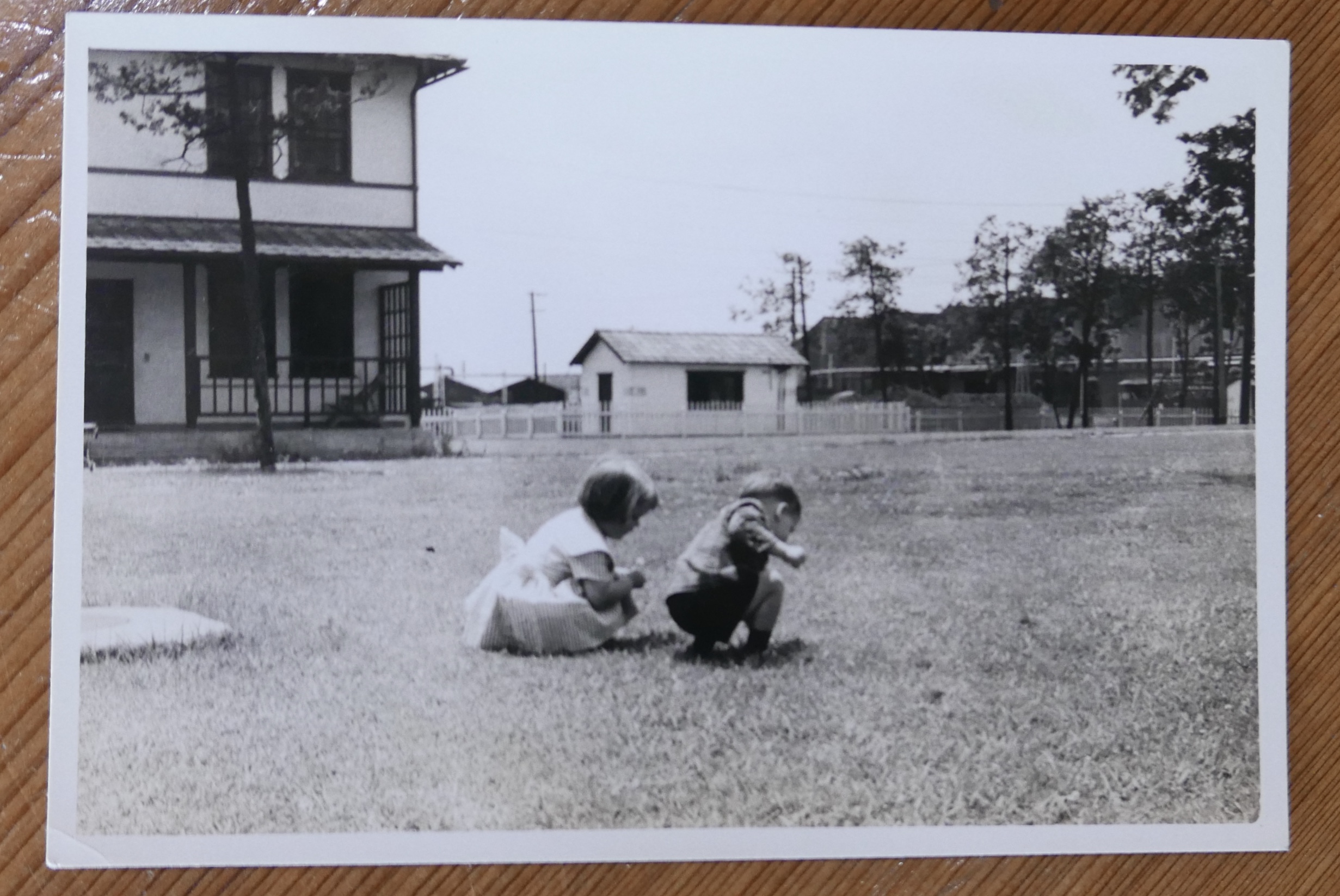
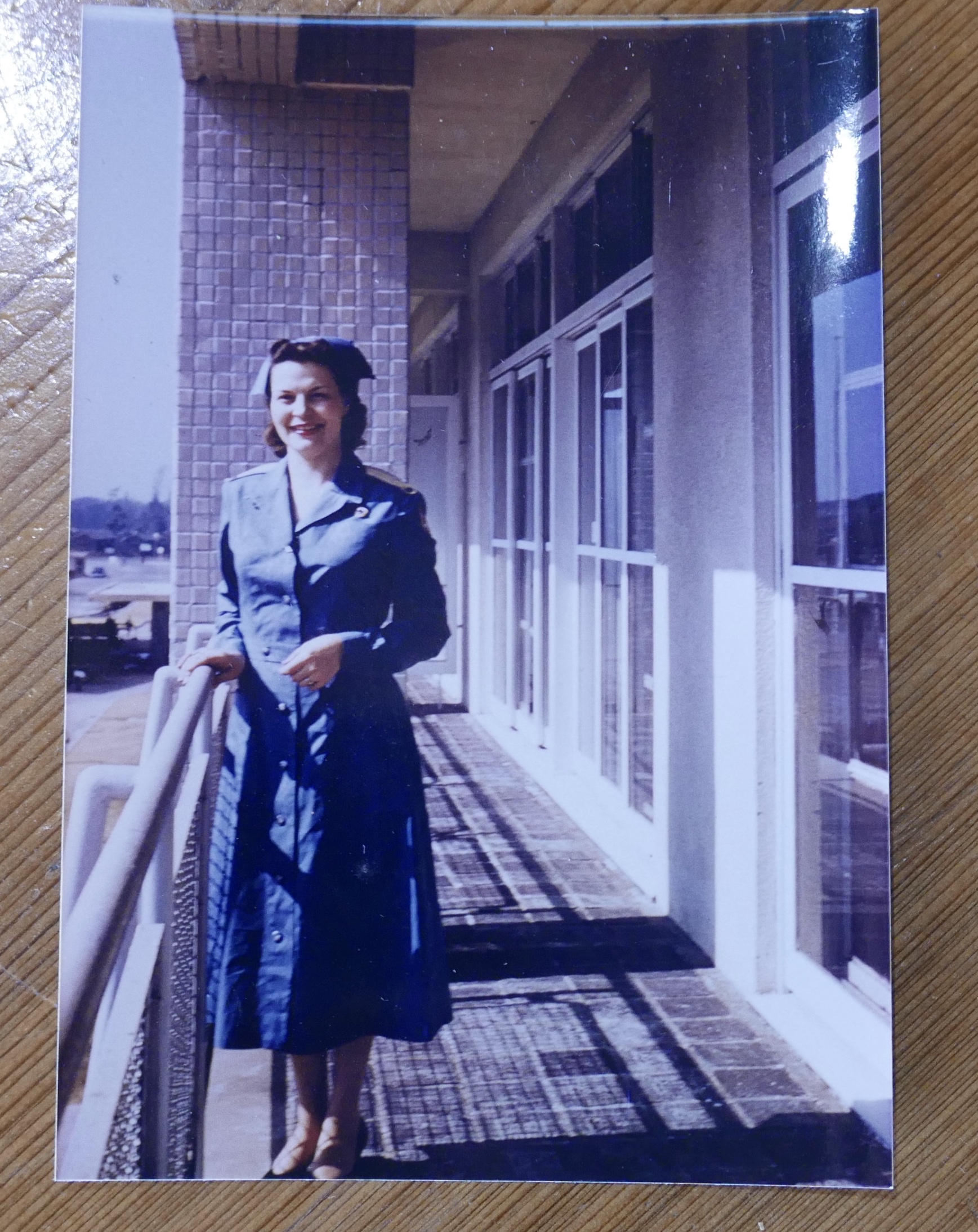
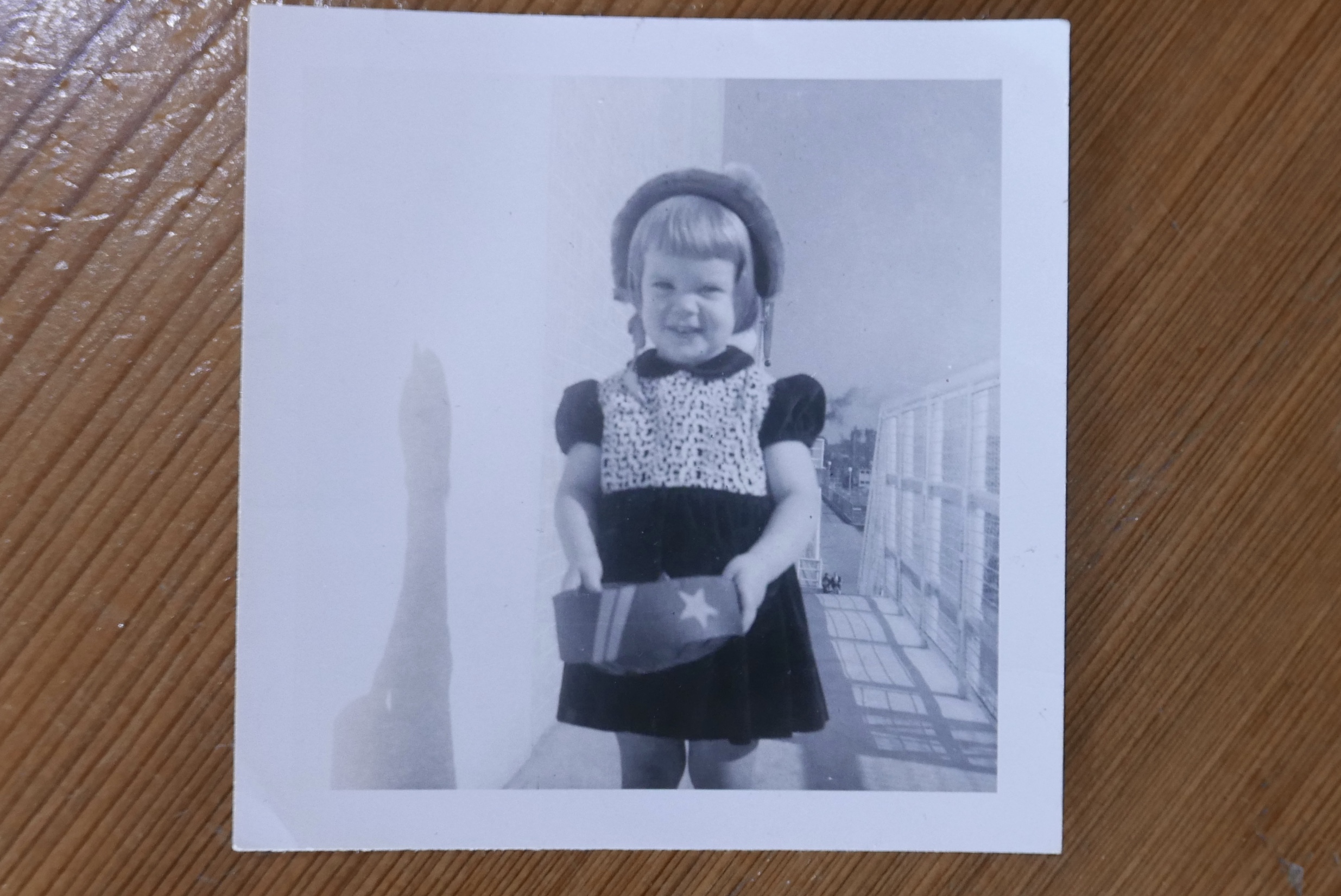
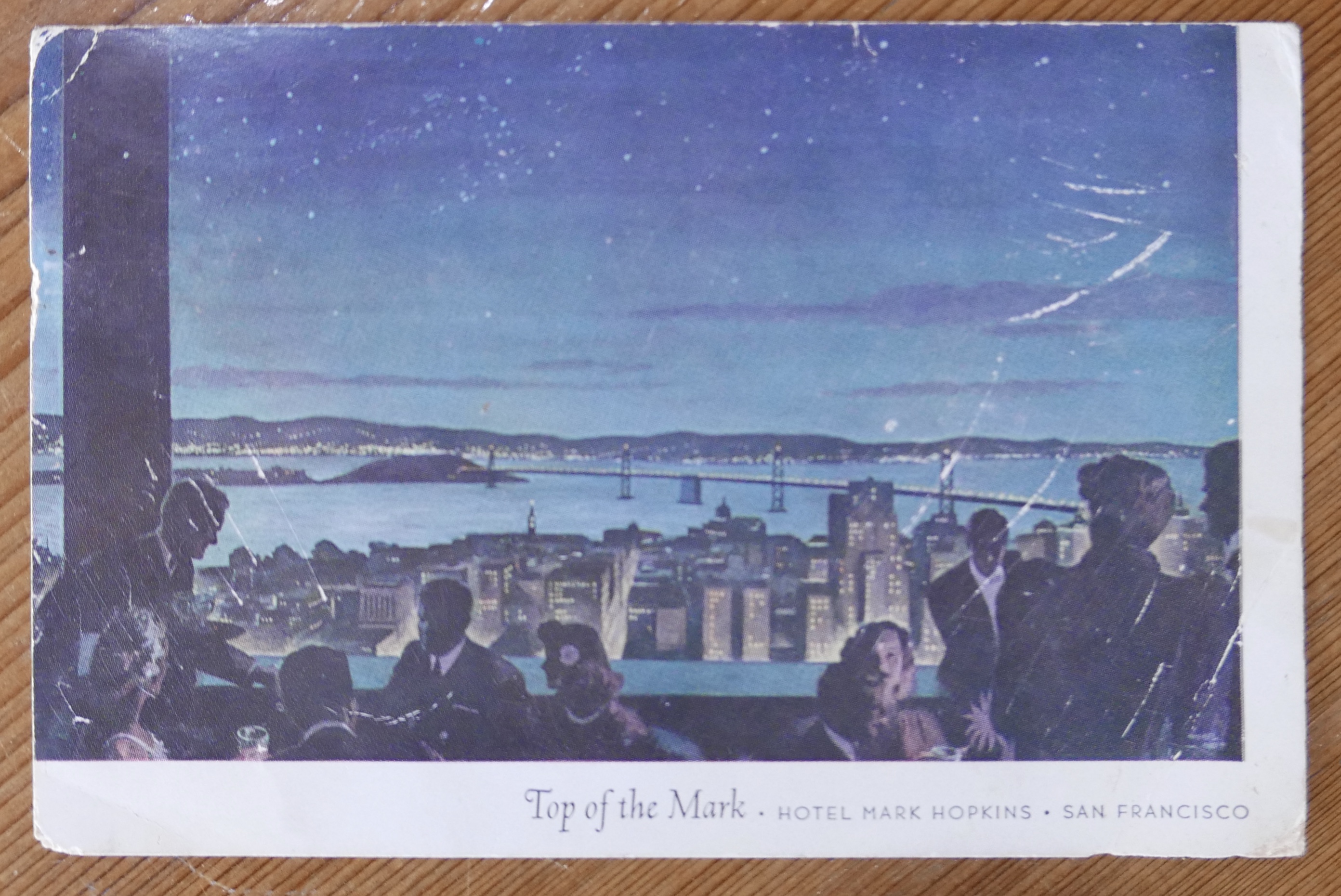
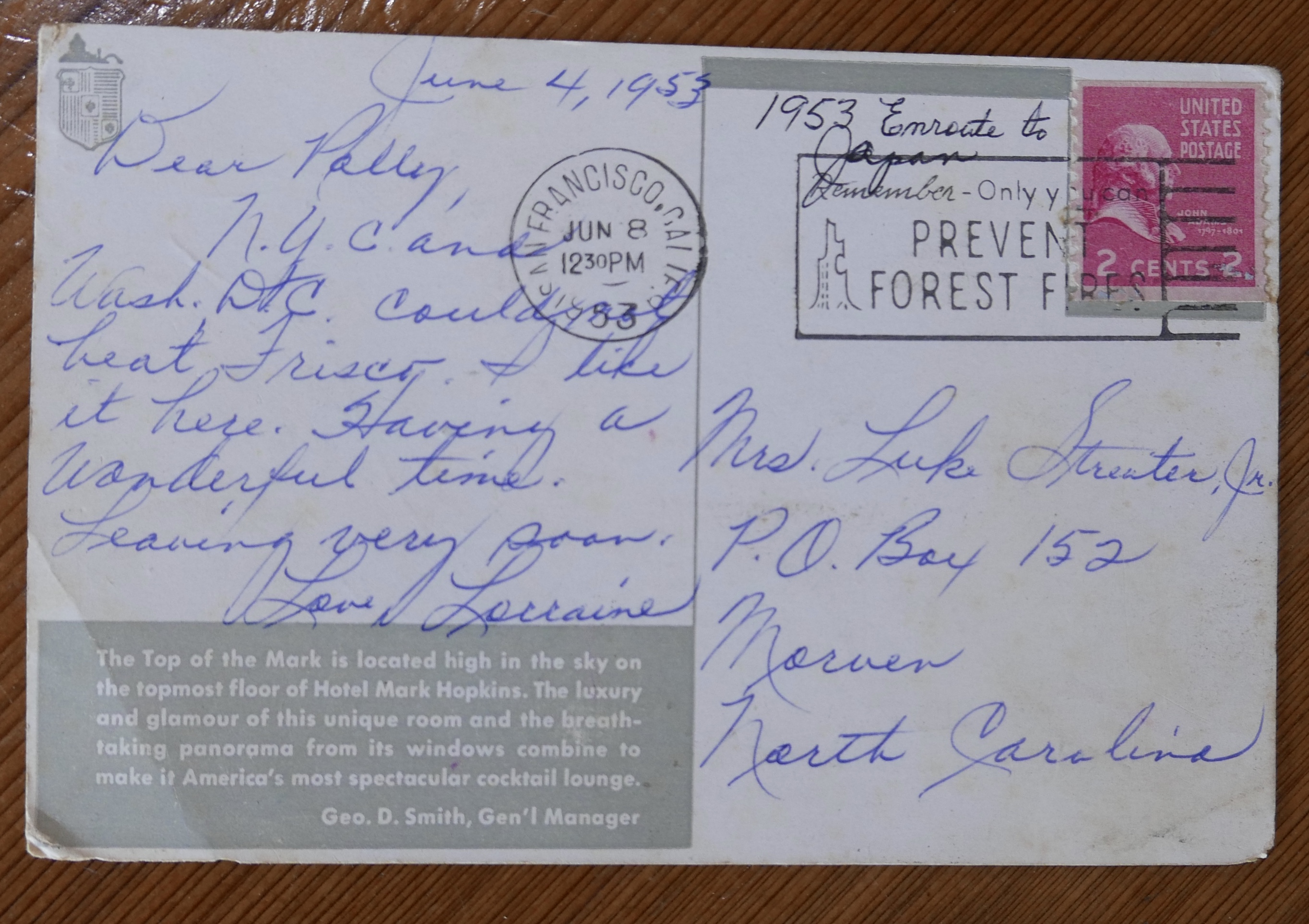
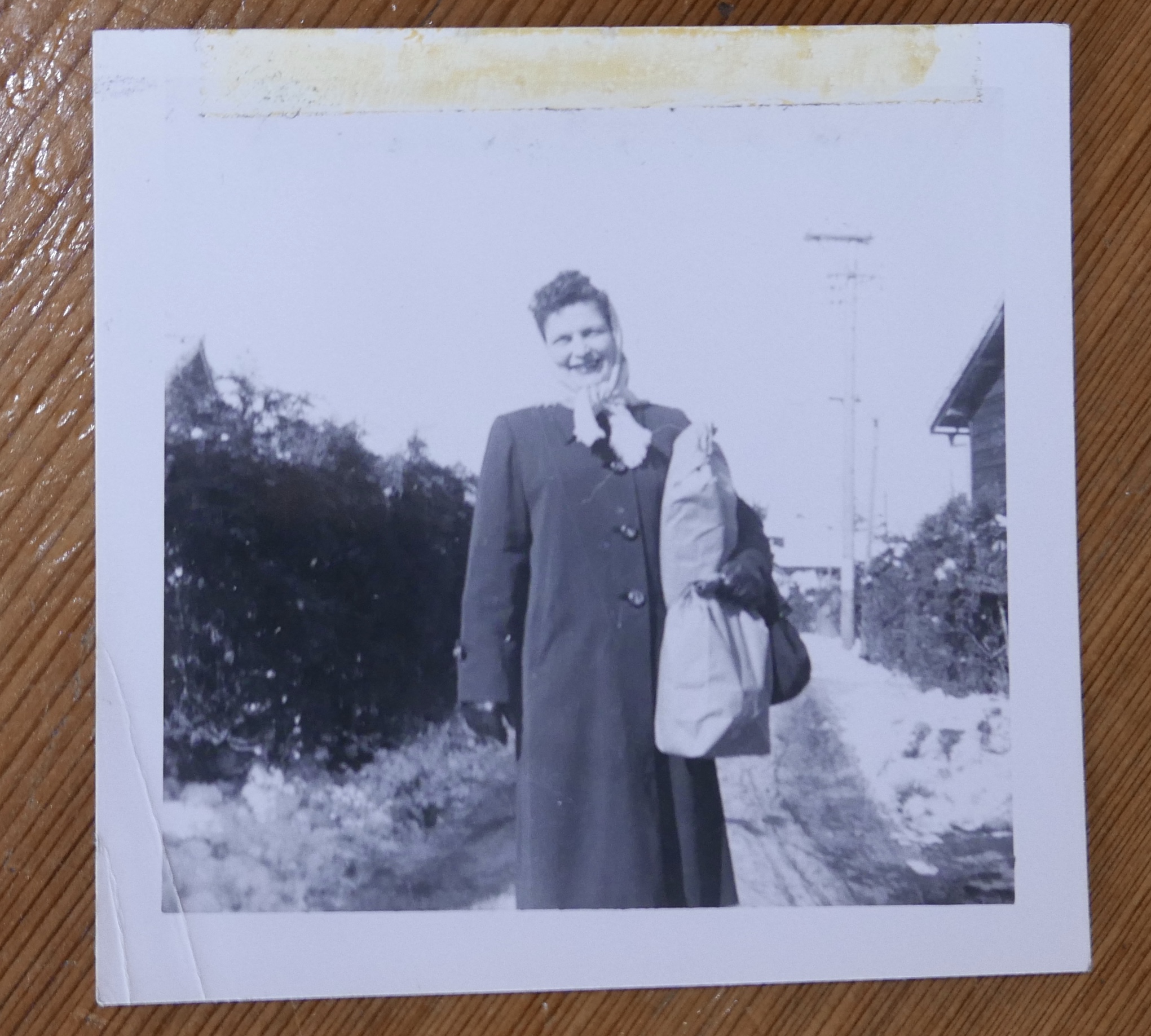
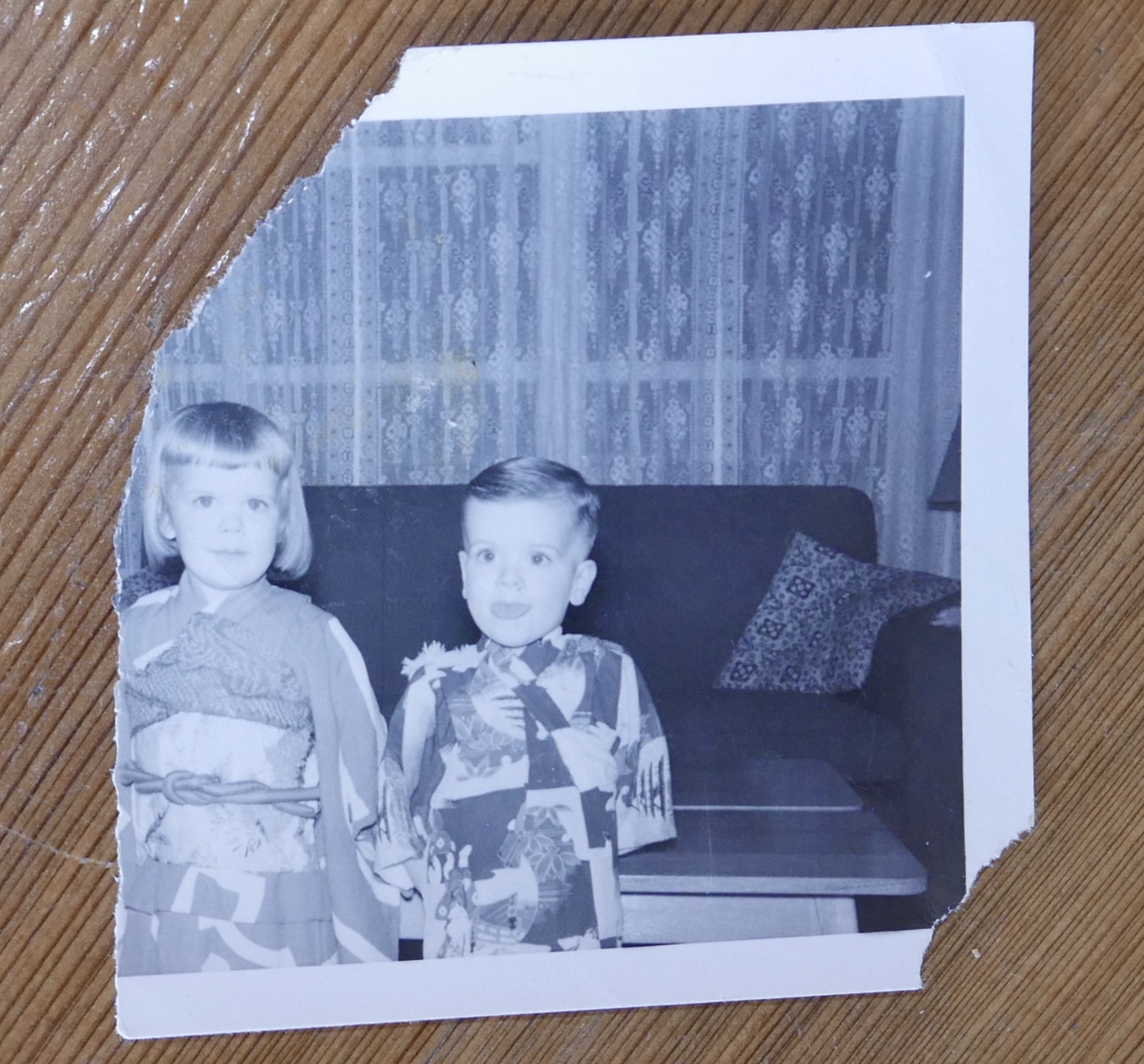
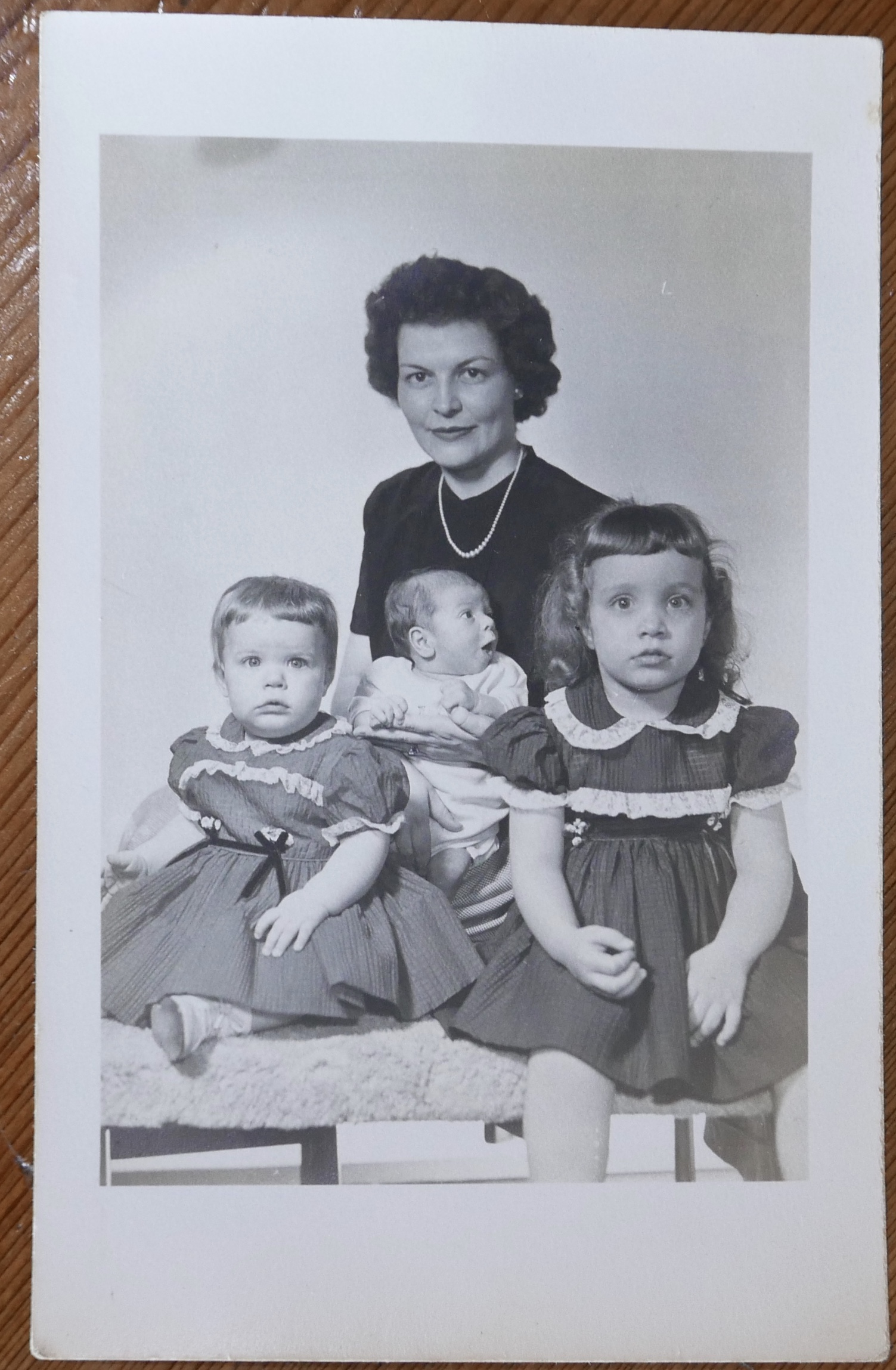
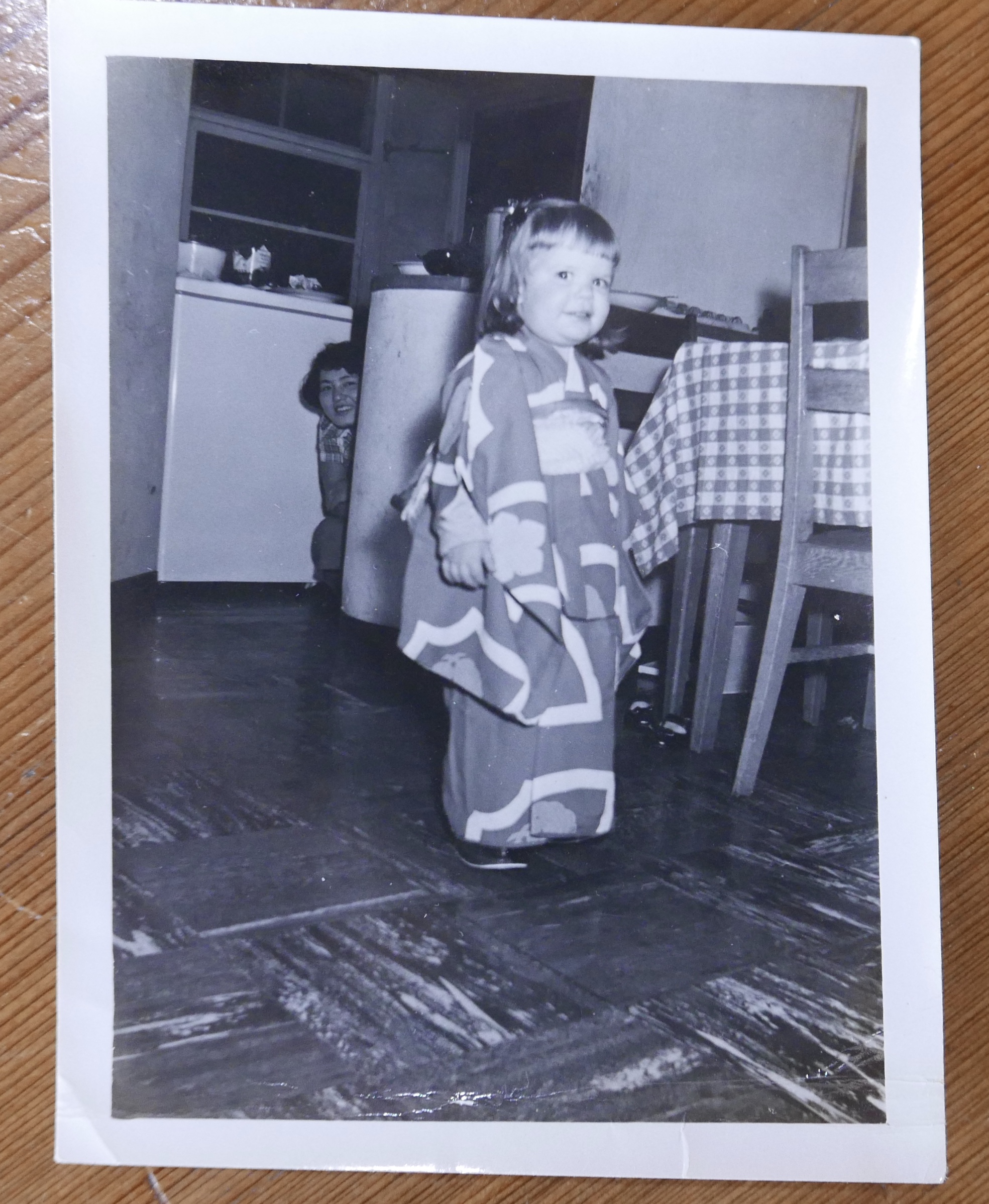
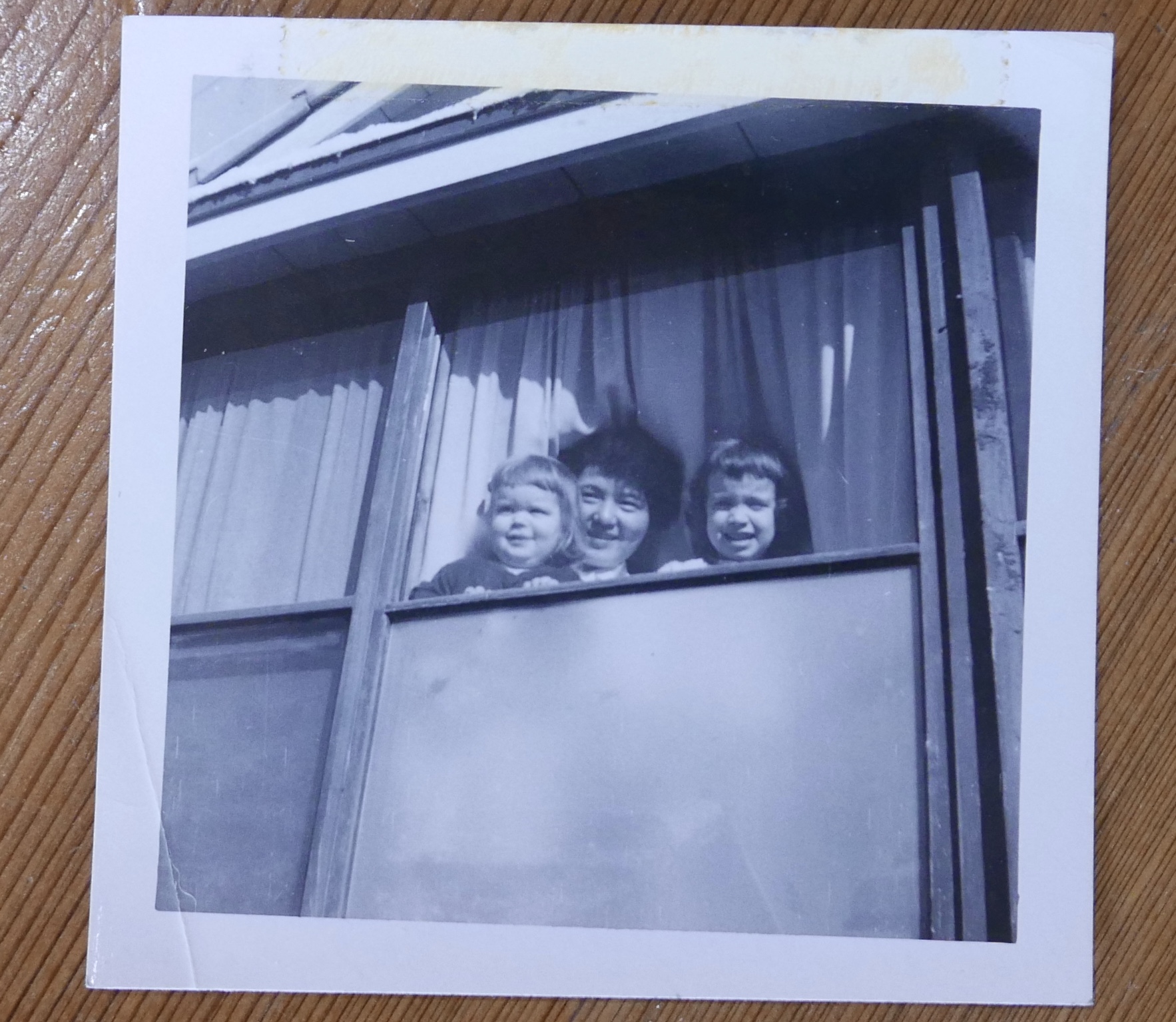

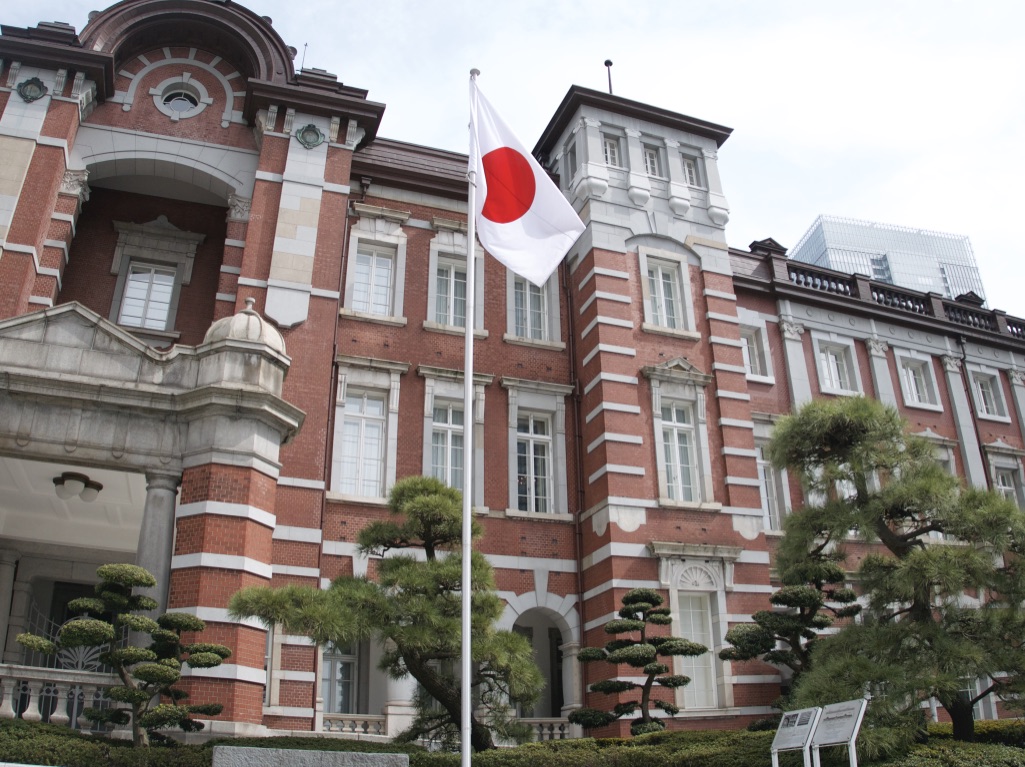
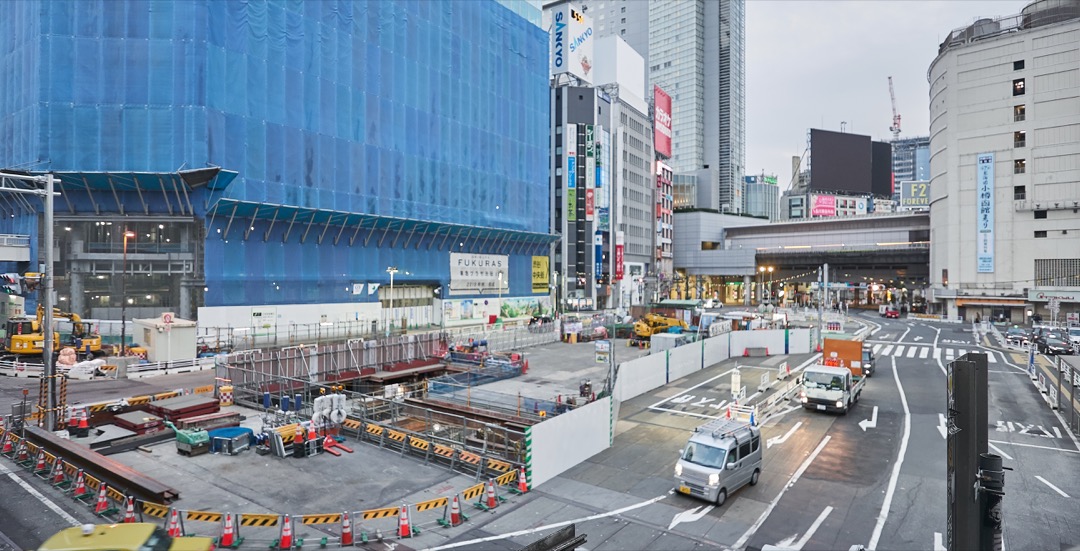
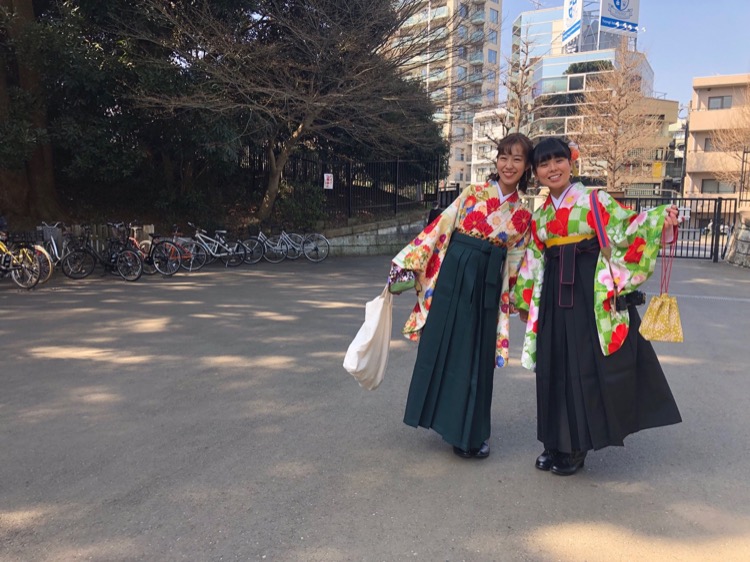
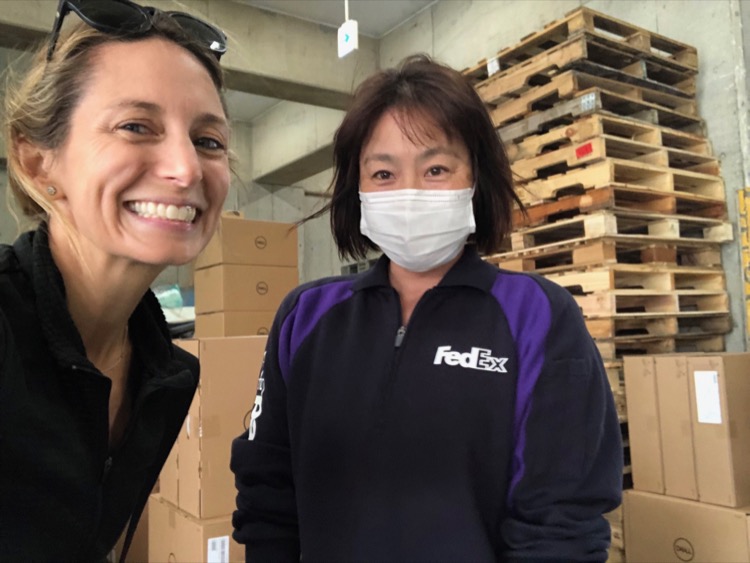
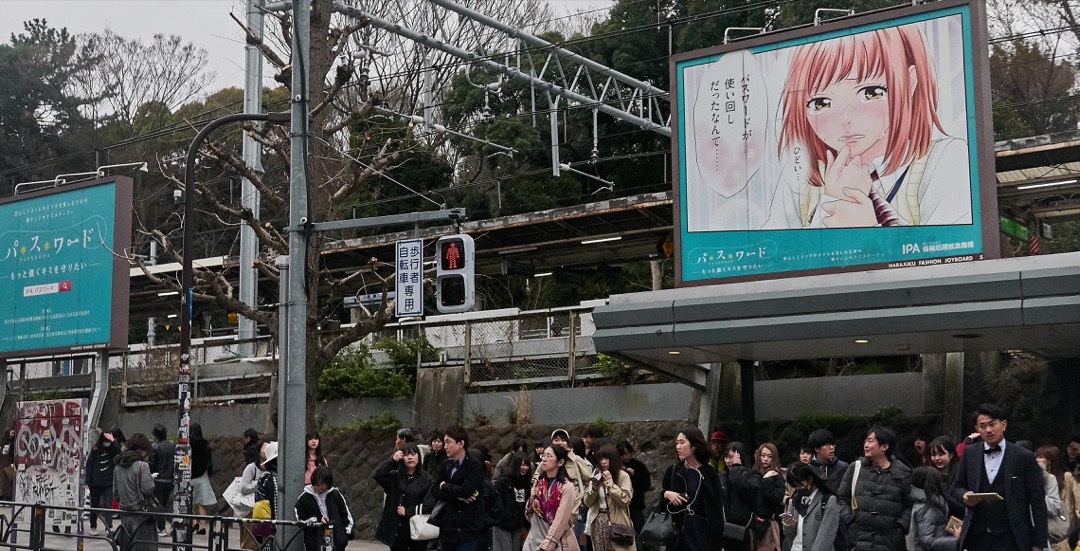
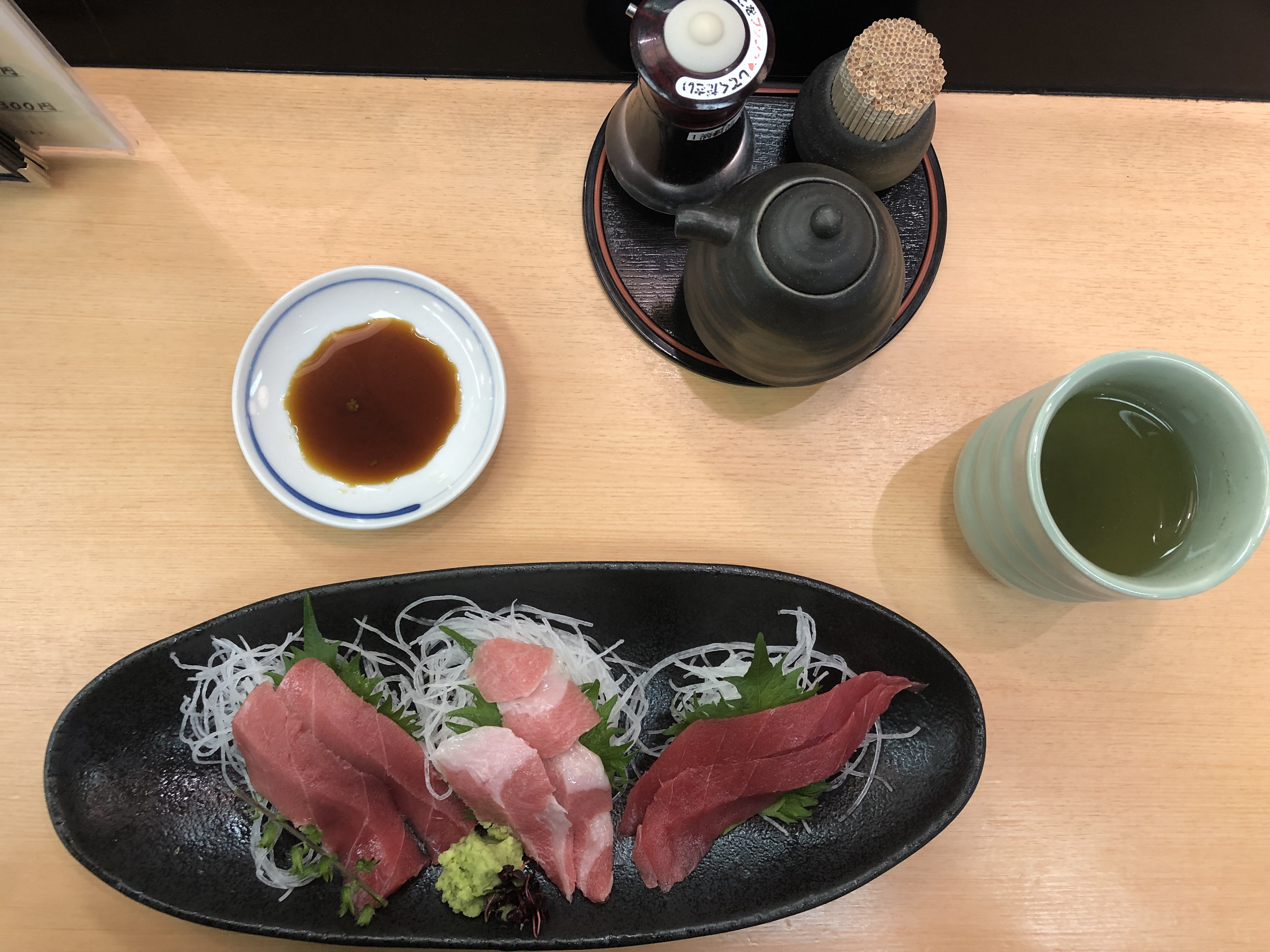
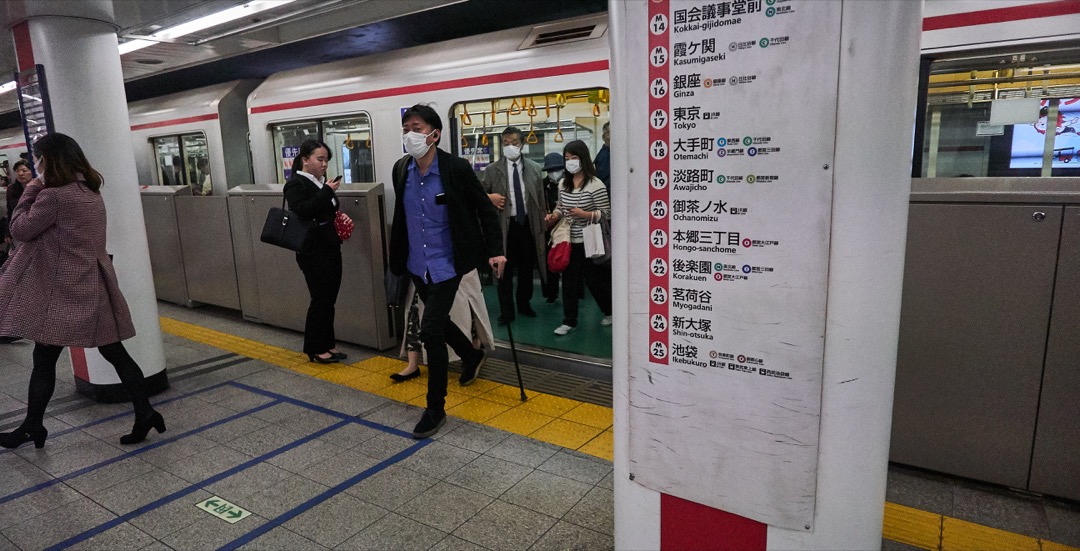
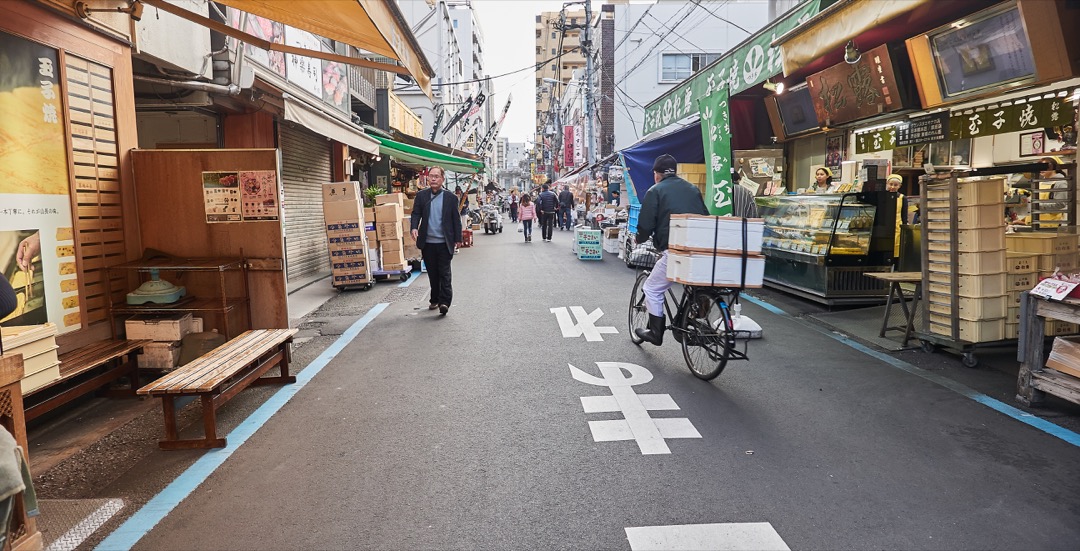
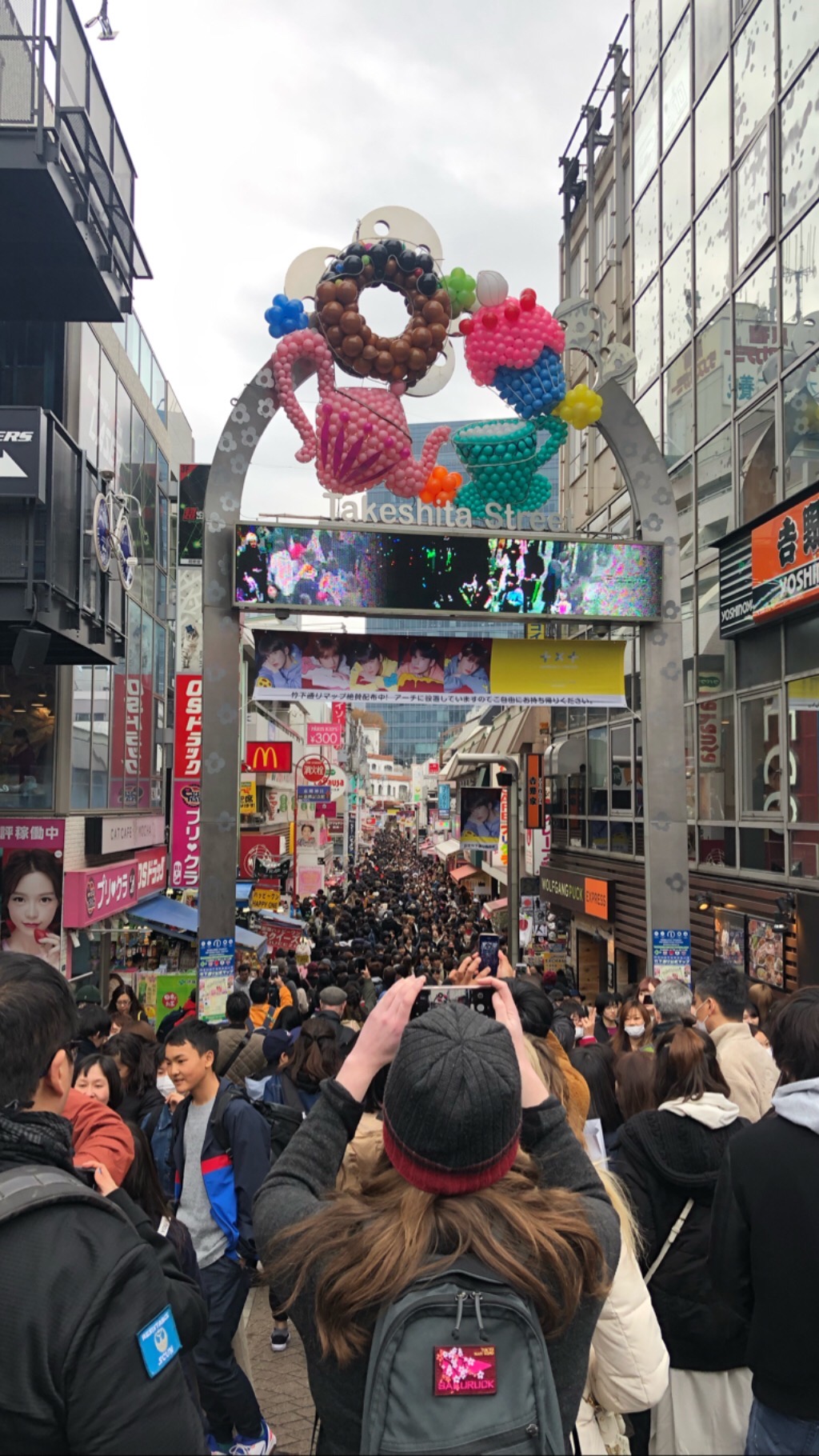
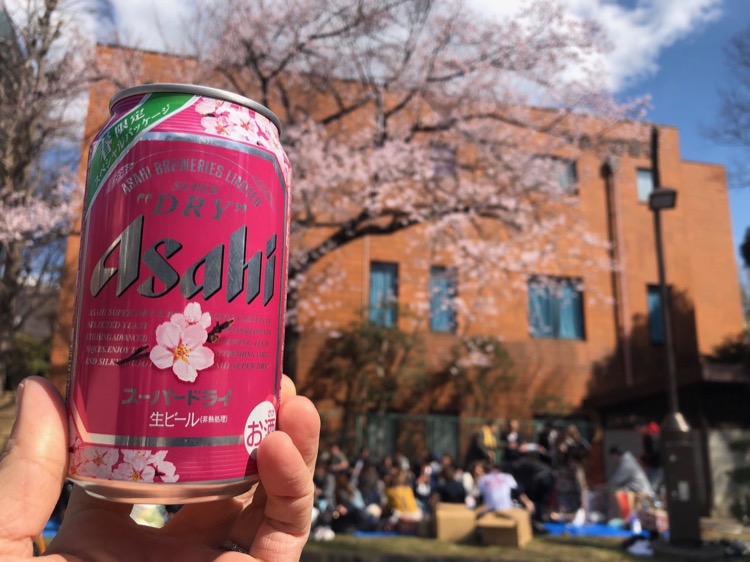
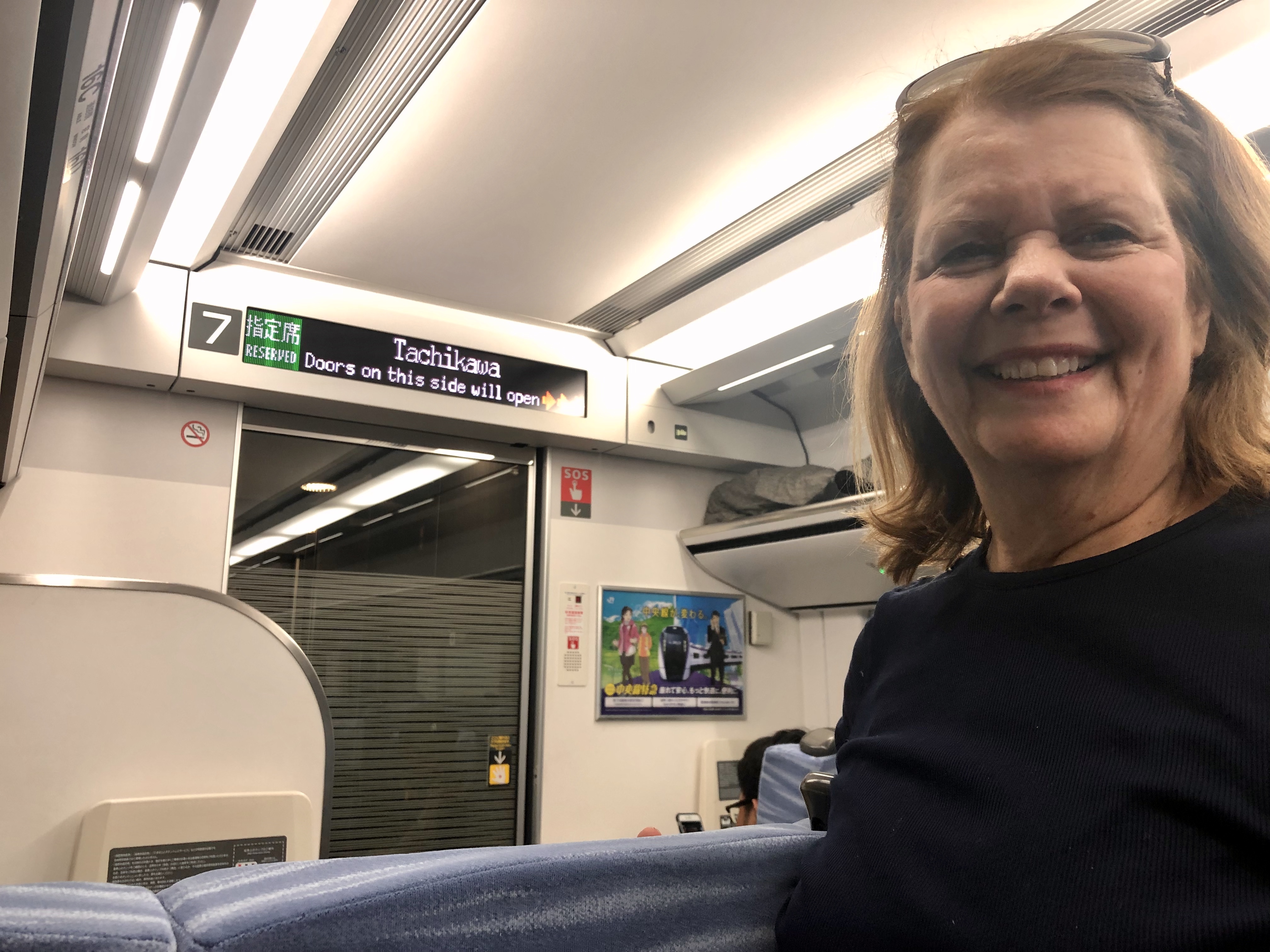
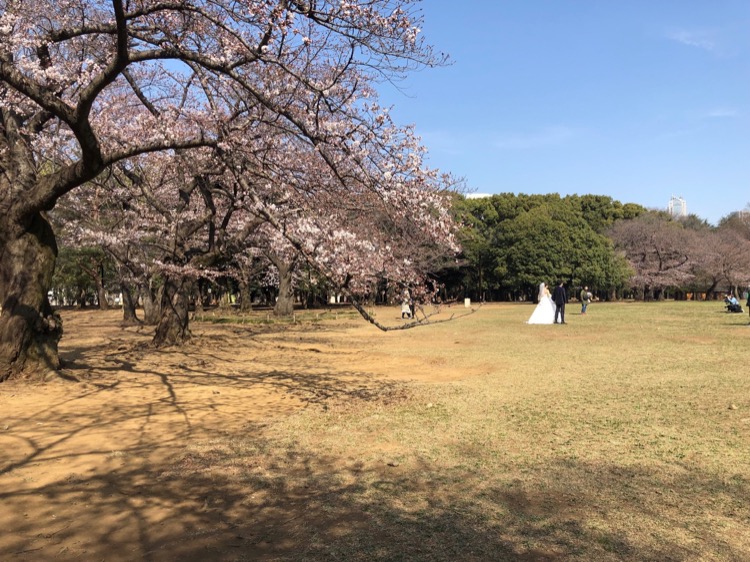
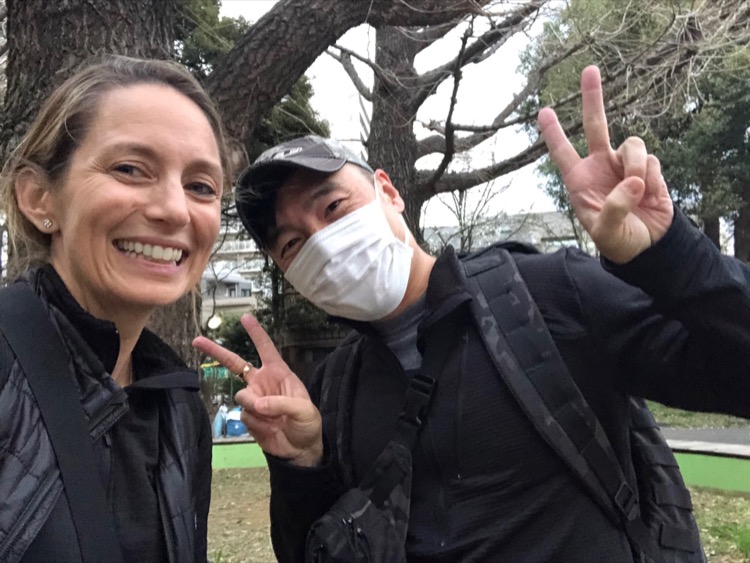
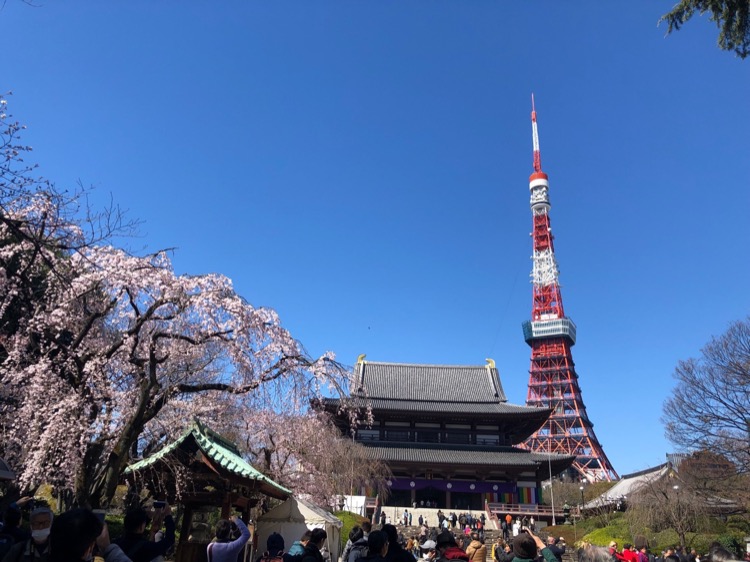
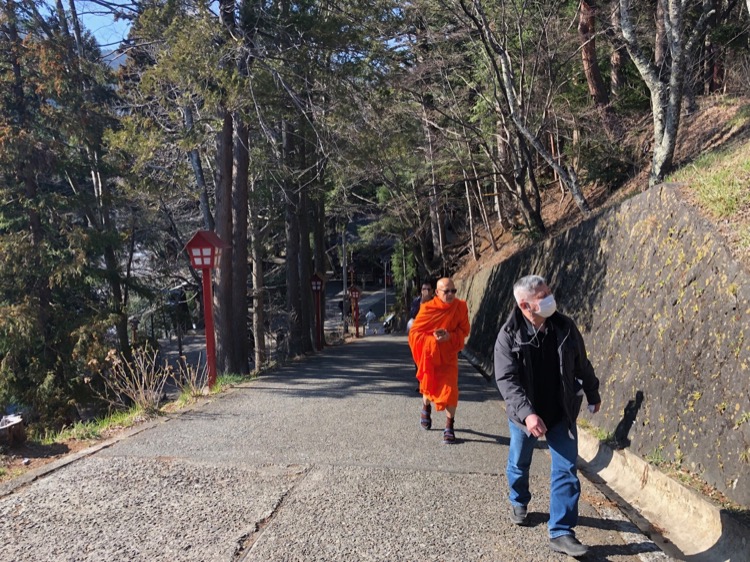
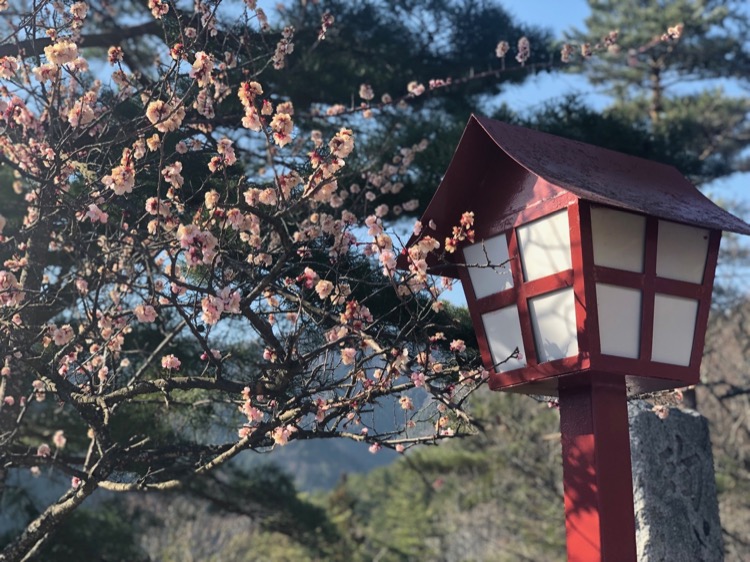

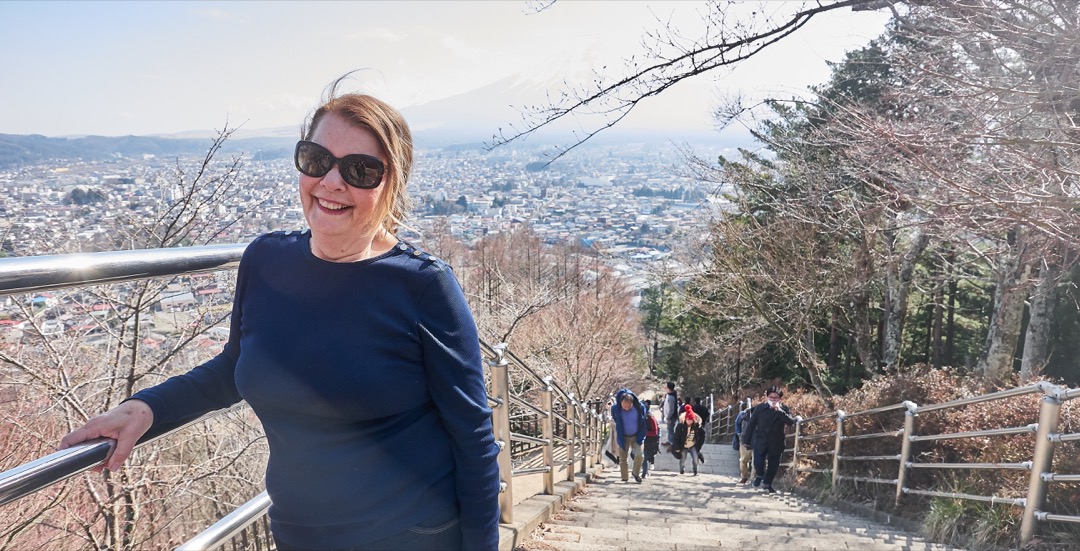
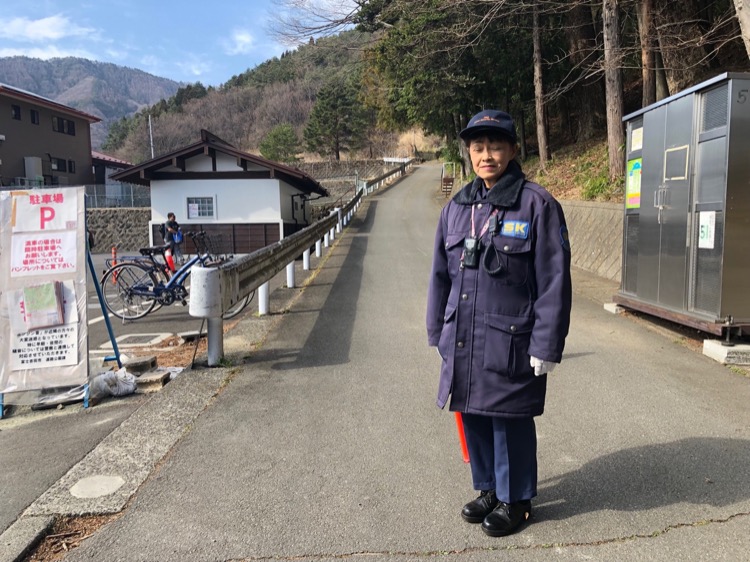
Your small adaptation to not allowing footwear into your home is a smart thing to do as it helps to keep your living area clean (or making it easier to clean when it is time). You are correct when you say it might be more difficult to enforce in the U.S. but ask people where they were before they came to your house and what they stepped in before their arrival. Ever been to a public latrine, especially a male latrine? Ever see what you are standing in when you are in front of a urinal…and you bring that into a house? Places such as Hawaii, which has a high concentration of citizens who are of Asian descent have no problems sitting on floors and more often than not, do so in preference to sitting on a chair/couch especially in the living room; yet another thing to consider when you have babies who are crawling on the floor and are concerned for their health. If you look up the word “genkan” online, you can see examples of areas where shoes are removed and kept (which I’m sure you saw while in Japan). If the genkan is recessed to around calf level, it might be easier to put your shoes back on but for those that are only several inches high, you may want to have a bench of sorts (or chair) where people can sit and put their shoes back on. A separate carpeted area near the door can serve as a genkan and also makes it easy to clean by vacuuming/washing when needed. Great read and thanks!
I’ve never quite understood the level of opposition I get when I ask guests to remove their shoes before entering our home. We have slippers if they want, but I’ve had guests refuse and choose to leave. I grew up in the US and was rarely a problem in NY, but in Maryland and Virginia I seem to run into more nasty looks when I ask. The only person who left was a guest of a friend, so didn’t know them personally.
I’d like to see Goruck set an example for safety with masks and distance in some marketing and required in events or any group rucking. Our nation is in bad shape over the pandemic and prevention is the responsibility of all, not an individual choice.
Your article helped me a lot, is there any more related content? Thanks!
Hi, just wanted to tell you, I loved this post. It was
practical. Keep on posting!
Also visit my web-site; nordvpn coupons inspiresensation [tinyurl.com]
It’s nearly impossible to find experienced people about this topic,
but you sound like you know what you’re talking about!
Thanks
Feel free to surf to my web site – nordvpn coupons inspiresensation
nordvpn Cashback 350fairfax
Do you have a spam problem on this blog; I also am a blogger, and
I was wondering your situation; many of us have created some nice procedures and we are looking to trade solutions with other folks, why not shoot me an email if interested.
buy antibiotics from canada: buy antibiotics online uk – antibiotic without presription
Kamagra oral jelly pas cher: trouver un m̩dicament en pharmacie Рachat kamagra
Hi there, I found your website by the use of Google whilst looking for a comparable matter,
your site got here up, it seems to be great.
I have bookmarked it in my google bookmarks.
Hi there, simply turned into alert to your
weblog thru Google, and located that it’s truly informative.
I am gonna watch out for brussels. I will appreciate if you continue
this in future. A lot of other folks shall be benefited
out of your writing. Cheers!
My site … eharmony special coupon code 2025
This is the perfect website for anybody who
wishes to understand this topic. You know so much
its almost tough to argue with you (not that
I really would want to…HaHa). You certainly put a brand new spin on a topic that has
been discussed for a long time. Wonderful stuff, just wonderful!
Here is my webpage: vpn
That is a great tip especially to those fresh to the
blogosphere. Simple but very precise information… Thank you for sharing this one.
A must read post! gamefly free trial https://tinyurl.com/2cab6g88
It’s very simple to find out any matter on net as compared to books, as I
found this post at this web page. What is a vpn https://tinyurl.com/24dyn2m6
You can definitely see your expertise within the article you write.
The arena hopes for even more passionate writers such as you who are not afraid to
say how they believe. All the time go after your heart.
Good day very cool website!! Guy .. Excellent ..
Superb .. I’ll bookmark your site and take the feeds additionally?
I am happy to find numerous useful information right here in the post, we need work out extra techniques on this regard, thanks for sharing.
. . . . .
You really make it seem so easy with your presentation but I
find this matter to be really something that I think I would never understand.
It seems too complex and extremely broad for me.
I’m looking forward for your next post, I will
try to get the hang of it! https://tinyurl.com/yp2uf8pf eharmony special coupon code 2025
Thank you for your sharing. I am worried that I lack creative ideas. It is your article that makes me full of hope. Thank you. But, I have a question, can you help me?
hgh apotheke kaufen
References:
https://hgngit.ipdz.me/robby498298014
hgh tabletten kaufen
References:
https://able2know.org/user/marchcamel74/
hgh kaufen legal
References:
https://support.mikrodev.com
physiological effects of steroids
References:
repo.magicbane.com
best mass building cycle
References:
https://git.werkraum-karlsruhe.org/
These doses are a lot greater than those that health care suppliers use for medical reasons.
Then there are endogenous steroids additionally referred to as pure steroids, that are substances that naturally occur in the body.
These testosterone steroids work by increasing the manufacturing of testosterone to build and restore muscles.
Nonetheless, their makes use of far outweigh the building of muscles to incorporate stress response, immune response, and carbohydrate metabolism.
Natural steroids are developed from plants or herbs of the hormone testosterone.
While one might sound extra natural, and
due to this fact healthier than the opposite, in fact, both AAS drug sorts are equally dangerous.
Orally ingested AAS are quickly absorbed within the gastrointestinal (GI)
tract, with serum concentrations peaking 1–2 hours after ingestion of methyltestosterone (8).
Without structural modification to withstand first-pass metabolism, a big fraction of the absorbed AAS will be metabolized before leaving the liver
and re-entering the circulation. For instance, after
oral administration of 25 mg testosterone, lower than 1 mg (4%) turns into systemically
out there (9). The oral bioavailability of AAS may be increased by
making the parent molecule more lipid-soluble by the esterification process described in the earlier paragraph.
This modification allows a bigger fraction of the absorbed AAS to enter the lymphatic system and bypass first-pass metabolism.
Nevertheless, even after esterification of testosterone by an 11-carbon carboxylic acid group (undecanoate),
oral bioavailability stays poor at 6.8% (9). The formulation also
shows massive intra- and interindividual variation in bioavailability, making it cumbersome for alternative therapy.
The root cause of gynecomastia is hormonal, ensuing from an imbalance of
androgenic and estrogenic motion on breast tissue (201). More specifically,
gynecomastia outcomes from an absolute or relative deficiency of androgenic, or absolute or relative extra of estrogenic, motion on breast tissue.
A number of situations that have an effect on the degrees or actions of those intercourse hormones can therefore trigger gynecomastia.
Not surprisingly, gynecomastia is a aspect effect that can occur as a end result of AAS use.
Future research might assist reply this query by comparison with more accurate (though less convenient) GFR filtration markers
corresponding to iohexol or iothalamate.
It seems acceptable to manage dyslipidemia in (long-term) AAS users in accordance with
present pointers (151) simply as in some other patient.
Echocardiographic proof of such modifications would possibly due to this fact assist in ‘grey zone’ danger estimation situations.
The use of HDL-cholesterol boosting dietary supplements, such as niacin, may also result in underestimating risk when utilizing algorithms based
on HDL-cholesterol. Thus you will want to inquire about supplement use in this group
of patients. If pharmacological intervention is indicated, statins
are the first-line of treatment to lower LDL-cholesterol.
Statins might cause muscle pain in a small proportion of customers (152), but this aspect effect would possibly happen extra regularly in those who interact in regular intense train (153).
Mexican Steroids are anabolic steroids which are made in Mexico and offered in different elements
of the world, apart from Mexico. The majority of these Mexican steroids are veterinary
steroids meant for animal use and hence they’re referred to as “Mexican veterinary steroids”.
Nonetheless, they’re extraordinarily in style amongst body builders because they’re among the many most cost-effective anabolic
steroids current available in the market.
Anabolic steroids, also referred to as Anabolic-Androgenic
Steroids (AAS), belong to the family of steroid hormones and
intently resemble the male hormone, testosterone. They are quite totally different
from the corticosteroids extensively used in the therapy
of asthma. Adrenocorticotropic hormone (also known as ACTH or corticotropin) and cosyntropin are
used to diagnose canines with Cushing’s disease and Addison’s disease.
Novices generally inject testosterone cypionate and enanthate
because of their extended esters, which eliminate the necessity
for frequent administrations. As you’ll anticipate, the quantity of
each steroid you are taking and how lengthy you utilize it will primarily affect its
detection time. With greater doses, your metabolism works
to break down extra of the steroid at its natural rate of metabolism.
Larger doses can lead to slower hormone metabolism as the physique
works harder with its obtainable enzymes and other substances
involved within the metabolic process.
Since anabolic steroids promote Ultimate Muscle Mass Stack progress, they are administered in select cases by which
serious muscle deterioration has developed as a complication of a major illness.
You may see steroids also called anabolic-androgenic steroids, anabolic steroids, androgenic steroids, testosterone
alternative therapy, roids, gear or juice. TRT is medically prescribed
to restore regular testosterone ranges in individuals with low testosterone due to growing older, medical circumstances, or
different causes. Steroids, then again, are sometimes used non-medically in larger doses to enhance muscle progress, performance, and physical appearance.
Past the quick unwanted effects like pimples and hair loss, long-term use
may cause irreversible injury to important organs, scale back the body’s capacity to supply testosterone naturally, and even result in addiction. These risks are often underestimated by customers who give consideration to short-term
advantages without considering the long-term harm.
TRT is run in a managed method, usually as injections, gels, patches, or implants, and the doses are fastidiously calculated to bring testosterone ranges back to regular.
For this purpose, truly fizzling out your dose rather than a sudden cease can help mitigate these
effects. While this isn’t a form of PCT, it’s a technique
to reduce post-cycle unwanted aspect effects
– mainly if you have used SARMs at larger doses.
Combining two of the most effective fat loss or cutting SARMs in a stack
will supercharge your fat-burning outcomes. Cardarine, technically a
PPAR receptor agonist, is commonly stacked with SR9009, a PPAR alpha modifier, for supercharged outcomes.
You ought to take a break from all SARMs for a minimal of three months following the top of
a cycle.
Dianabol is also liver toxic, being a C-17 alpha-alkylated steroid, thus having to move by way of the
liver to find a way to turn into active.
Although Anavar could additionally be much less cardiotoxic compared to
most anabolic steroids, it nonetheless has the potential to
induce hypertension (high blood pressure). Thus, the most effective steroid for first-time customers is one that produces substantial muscle mass while exhibiting minimal adverse results.
Additionally, novices typically refrain from stacking steroids in tandem because
of extra severe side effects. Many individuals who use anabolic steroids recreationally take
far more than is typically used for medical conditions.
Can you be more specific about the content of your article? After reading it, I still have some doubts. Hope you can help me.
hi!,I like your writing very a lot! share we keep in touch
extra approximately your article on AOL? I require a specialist in this house
to unravel my problem. Maybe that’s you! Having
a look ahead to look you. https://www.highlandguides.com/ vpn